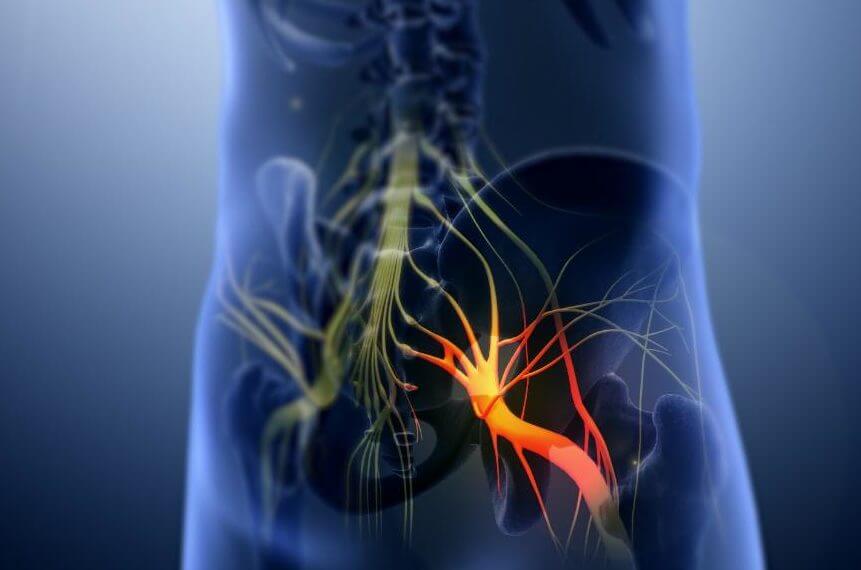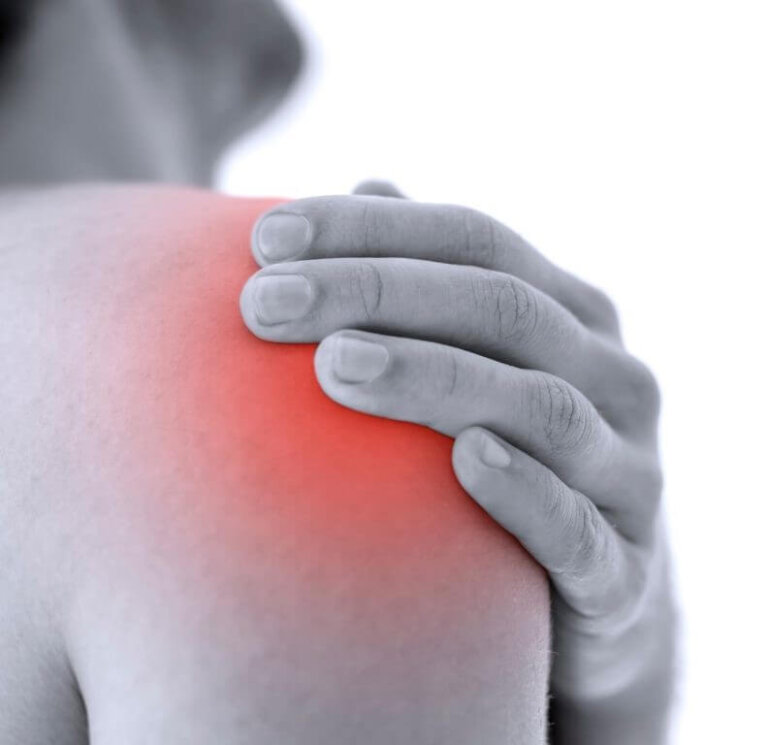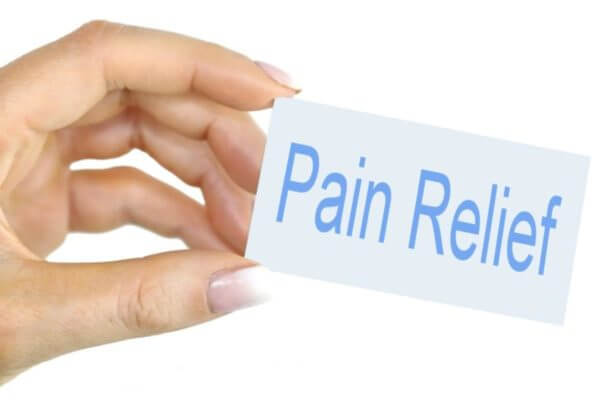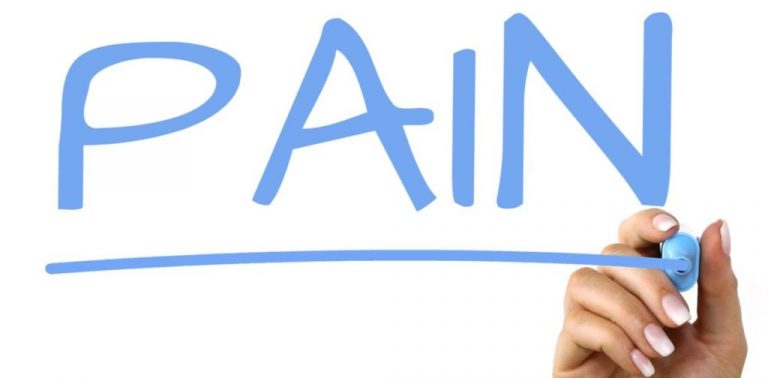We believe in professional growth of Physiotherapists with high technology!
What is the best physical therapy for sciatica?

You have undoubtedly heard of someone having sciatica. The term gets thrown around to describe any symptom in the leg, although a symptom in the leg may not always be sciatica.
What is Sciatica?
Sciatica refers to the pain arising from the compression of the sciatic nerve.
The sciatic nerve is the largest single nerve in the body and is formed by the union of 5 nerve roots in the lumbar and sacral spine. There are 2 sciatic nerves in the body—the right and left nerves, supplying the corresponding lower limb. The nerve supplies the muscles of the back of the thigh.
What are the causes of Sciatica?
- Disc herniation causing compression of the sciatic nerve.
- Lumbar spinal stenosis.
- Degenerative disc disease.
- Spondylolisthesis (a condition in which one vertebra slips forward over another one)
- Tightness of the piriformis muscle.
- Muscle spasm in the back or buttock.
What are the symptoms of Sciatica?
- Pain in the low back which radiates to the leg and located along the distribution of the nerve.
- Tingling radiating from the lower back and upper buttock down the back of the thigh to the back of the leg. The result is lumbar pain, buttock pain, hip pain, and leg pain.
- Aggravating factors for the pain are bending, sitting.
- Pain may be relieved by standing, walking or lying down.
How does a Physical Therapist diagnose sciatica?
- The therapist usually starts with general demographic information like age, occupation and history of present illness.
- Detailed pain history.
- Dermatomal maps used to locate the distribution of the pain.
- This is followed by physical examination and certain special tests to rule out other conditions.
- Sometimes, X-rays and other tests, such as CT scan, MRI scan, and electromyogram, are used to further define the exact causes of sciatica.
Physiotherapy Treatment in Sciatica-
It is very important that the patient is physically an active participant in therapy and can take responsibility in the treatment process.
- Exercises help relieve sciatica by mobilizing and strengthening tissues in the low back, buttock, thigh and abdomen and also improving flexibility of the lumbar spine. Strengthening of the abdominal muscles helps in stabilization of the spine.
- Nerve mobilization exercises are given for improving the mobility of the sciatic nerve.
- TENS helps reduce muscle spasms and pain.
- Adequate Rest and Relaxation.
- Quantum Resonance Therapy which is a combination of Pulsed Electromagnetic Field (PEMF) and Magneto-Mechanical Oscillator (MMO). Pain is also caused by inflammation and a lack of oxygen and low pH in the tissues. Research has shown that PEMF Therapy can relieve sciatica by reducing inflammation, muscle strains and regenerating nerve cells. Certain studies have also shown that PEMF helps in nerve regeneration, accelerating functional recovery. The body naturally handles pain by producing endorphins (natural chemicals in the body that fight pain) in the central nervous system and the pituitary gland. Endorphins block the transmission of pain signals to the brain. PEMF stimulates the production of endorphins and is very effective in diminishing the pain. MMO can be used over the lower back, buttock and thigh (depending on the site of pain). MMO is a hand held oscillating device which produces vibrations of specific intrinsic frequencies to reduce the tension in the muscles and the radiating pain. When the tissues are exposed to vibrations of healthy frequency, the cellular metabolism is restored.
“If you have Sciatica, try these remedies and experience the change!”







